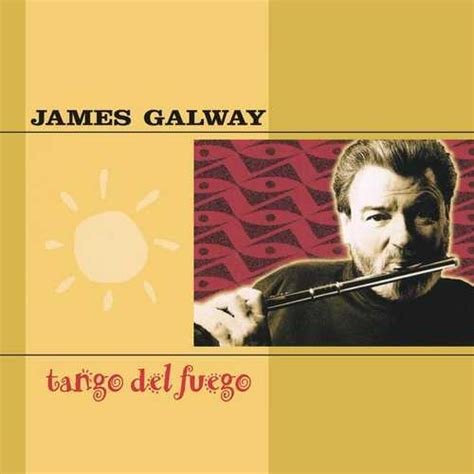Odeon Trio - Brahms: Complete Piano Trios (1993)
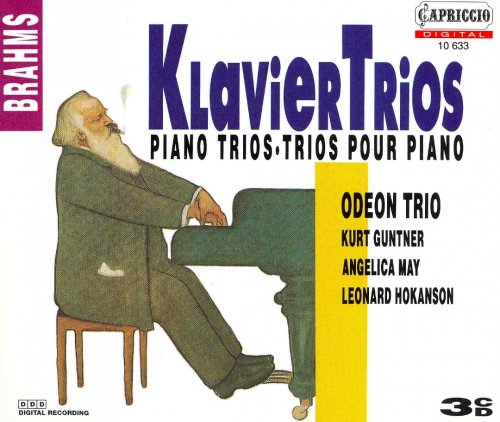
Artist: Odeon Trio
Title: Brahms: Complete Piano Trios
Year Of Release: 1993
Label: Capriccio
Genre: Classical
Quality: FLAC (image+.cue,log)
Total Time: 02:55:23
Total Size: 841 Mb
WebSite: Album Preview
Tracklist: Title: Brahms: Complete Piano Trios
Year Of Release: 1993
Label: Capriccio
Genre: Classical
Quality: FLAC (image+.cue,log)
Total Time: 02:55:23
Total Size: 841 Mb
WebSite: Album Preview
CD 1:
[01]-[04] Trio for piano, viola & cello in a minor op. 114
[05]-[08] Trio for piano, violin & cello in a minor op. posth.
CD 2:
[01]-[04] Trio for piano, violin & cello in B major op. 8 (Urfassung 1854)
[05]-[08] Trio for piano, violin & cello in c minor op. 101
CD 3:
[01]-[04] Trio for piano, violin & viola in E flat major op. 40
[05]-[08] Trio for piano, violin & cello in C major op. 87
Performers:
Odeon Trio:
Leonard Hokanson, piano
Kurt Guntner, violin
Angelica May, cello
with Rainer Moog, viola
The Odeon Trio go for gold. Unlike either the Beaux Arts (Philips) or the Fontenay (Teldec), they use three CDs to include everything by Brahms that could possibly be called a piano trio, not forgetting the Op. 114 and Op. 40 wind trios, whose wind parts can well be rendered by strings. They decide, too, that the original 1853 version of the B major Trio is for them, rather than the revised version of 1889 which is more generally favoured.
They do so with good justification: Brahms never discarded the earlier version, and was happy that the two should exist, and indeed be advertised, side by side. Brahms said, of his later revision, that he was ''not giving it a wig, but combing and tidying its hair a bit''. Well, it's certainly good to hear the unkempt, sometimes unruly original. And the Odeon make the most of the more reckless progress of the first movement, easily, and delightfully, distracted by anything of possible interest on the way.
Just as the Beaux Arts, with their loving, generous rubato and mellow flow of ideas, are ideally cast for the more organic revised version, so the Odeon, more incisive, more uncompromising in their fierce energy, suit the serendipity of the original. The whimsical, fragmented ending of this early scherzo, the impetuous coda of the first movement, are moments to be treasured.
The Odeon, with whose playing I had been unfamiliar, are a highly cultivated band, with an impeccable pedigree (pianist Hokanson was one of Schnabel's last pupils; cellist May studied with Casals). Their playing has strong direction and strong will, and the slight austerity and discretion which characterizes their dialogues suits well the Op. 114 and Op. 40 works in particular. Nothing compares in quality of light and movement (or recording) with the piano-playing of Menachem Pressler for the Beaux Arts. But those who are looking for a break from the fulsomeness of much of their playing will find it here, and with no loss of energy or imagination.
Tempos are generally brisk, andantes light-footed, allegros sharp-angled and robust. The Trio Fontenay sit somewhere between the two: theirs is considered and searching playing, steady and broad of tempo, but without quite the generosity of spirit of the Beaux Arts or the fire of the Odeon. Clara Schumann was ''completely overwhelmed'' by the C minor, Op. 101: the Beaux Arts perhaps come nearest to the passion at the heart of Brahms, but the Odeon get pretty close.'
They do so with good justification: Brahms never discarded the earlier version, and was happy that the two should exist, and indeed be advertised, side by side. Brahms said, of his later revision, that he was ''not giving it a wig, but combing and tidying its hair a bit''. Well, it's certainly good to hear the unkempt, sometimes unruly original. And the Odeon make the most of the more reckless progress of the first movement, easily, and delightfully, distracted by anything of possible interest on the way.
Just as the Beaux Arts, with their loving, generous rubato and mellow flow of ideas, are ideally cast for the more organic revised version, so the Odeon, more incisive, more uncompromising in their fierce energy, suit the serendipity of the original. The whimsical, fragmented ending of this early scherzo, the impetuous coda of the first movement, are moments to be treasured.
The Odeon, with whose playing I had been unfamiliar, are a highly cultivated band, with an impeccable pedigree (pianist Hokanson was one of Schnabel's last pupils; cellist May studied with Casals). Their playing has strong direction and strong will, and the slight austerity and discretion which characterizes their dialogues suits well the Op. 114 and Op. 40 works in particular. Nothing compares in quality of light and movement (or recording) with the piano-playing of Menachem Pressler for the Beaux Arts. But those who are looking for a break from the fulsomeness of much of their playing will find it here, and with no loss of energy or imagination.
Tempos are generally brisk, andantes light-footed, allegros sharp-angled and robust. The Trio Fontenay sit somewhere between the two: theirs is considered and searching playing, steady and broad of tempo, but without quite the generosity of spirit of the Beaux Arts or the fire of the Odeon. Clara Schumann was ''completely overwhelmed'' by the C minor, Op. 101: the Beaux Arts perhaps come nearest to the passion at the heart of Brahms, but the Odeon get pretty close.'
DOWNLOAD LINKS
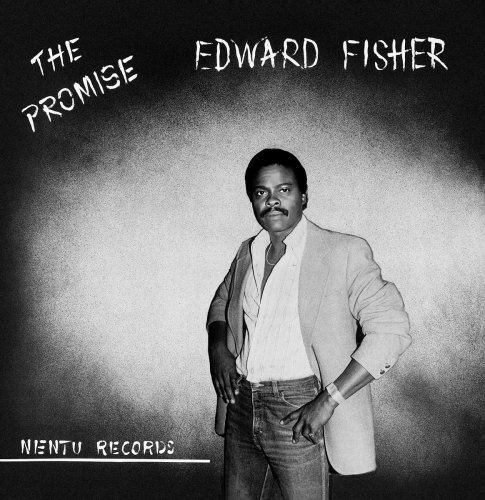
![Jazz Boulevard & Jo Paciello - Feelings (2024) [Hi-Res] Jazz Boulevard & Jo Paciello - Feelings (2024) [Hi-Res]](https://www.dibpic.com/uploads/posts/2024-10/1729488398_folder.jpg)
![Roberto Gatto Quartet - Four stories (2024) [Hi-Res & DSD] Roberto Gatto Quartet - Four stories (2024) [Hi-Res & DSD]](https://www.dibpic.com/uploads/posts/2024-10/1729291413_roberto-gatto-quartet-four-stories-2024.jpg)
![The Necks - Bleed (2024) [Hi-Res] The Necks - Bleed (2024) [Hi-Res]](https://www.dibpic.com/uploads/posts/2024-10/1729324084_s6fnstsa7p3na_600.jpg)
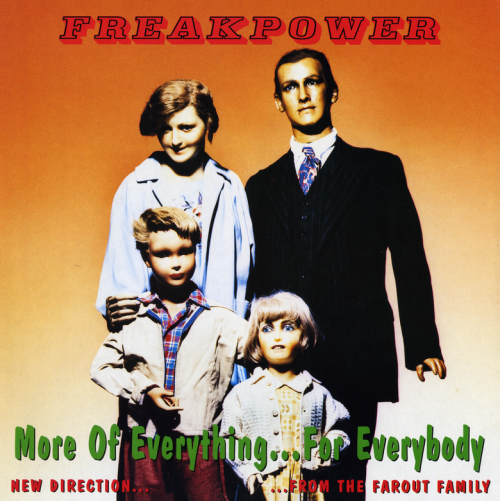
![Bert Kaempfert Swing Band - Combo Capers (1960) [2010] Bert Kaempfert Swing Band - Combo Capers (1960) [2010]](https://www.dibpic.com/uploads/posts/2021-08/1630090139_back.jpg)
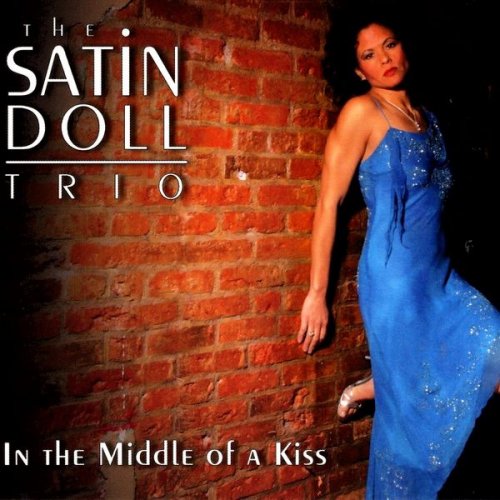
![Vince Guaraldi - A Charlie Brown Christmas (2022 Mix) (1965/2022) [E-AC-3 JOC Dolby Atmos] Vince Guaraldi - A Charlie Brown Christmas (2022 Mix) (1965/2022) [E-AC-3 JOC Dolby Atmos]](https://www.dibpic.com/uploads/posts/2024-10/1729384424_photo_2024-10-17_17-20-44.jpg)
